Co-evolution of plants and soils: a comparative approach
Comparing 400-million-year-old fossil soils and modern analogues to learn more about the early evolution of life on land.

Trilobite, William Smith fossil © The Trustees of the Natural History Museum, London
We use the Museum's fossil invertebrate, micropalaeontology and palaeobotany collections to unravel the origins and evolution of these groups.
Our research focuses on the origins of land-dwelling plants during the Palaeozoic Era, and the co-evolution of plants and animals during the Mesozoic Era.
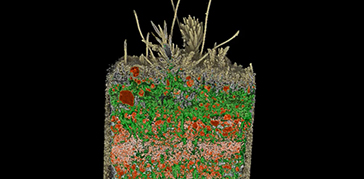
Comparing 400-million-year-old fossil soils and modern analogues to learn more about the early evolution of life on land.
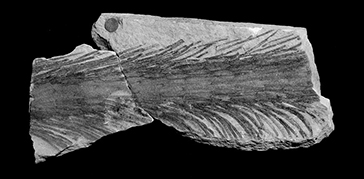
Exploring the origins and early diversification of plant and arthropod life on land.

Investigating the productivity of important Late Jurassic and Early Cretaceous forests of southern England.

Extracting flowering time data from our collection of 610,000 British and Irish plant specimens to study the phenology of selected orchid species.

Investigating the extent to which the evolution of dinosaur diversity and physiology was dependent on plants.

Using fossils to investigate the origin and evolution of relationships between plants and microorganisms during the early development of life on land.
The Museum's huge microfossil collection is helping us to reconstruct past environments and locate hydrocarbon reserves buried deep underground.

Our conodont research focuses on several important Ordovician and Silurian faunas from the Middle East.

Current ostracod research projects at the Museum focus on Silurian ostracods from the Canadian Arctic and Iran.
We are studying arthropod phylogeny, the palaeobiology, systematics, evolution and biogeography of trilobites, ostracod taxonomy and palaeobiology, and centipede systematics.

We study trilobites from four periods of the Palaeozoic: the Cambrian, Ordovician, Silurian and Devonian.

Our research on centipedes (Chilopoda) includes studies on deep phylogeny and phylogeography, the taxonomy of most major groups, comparative morphology, and palaeontology, including amber fossils from the Mesozoic and Cenozoic.
Our vast collections are supporting a range of research projects on bryozoans, molluscs, echinoderms and corals in the fossil record.
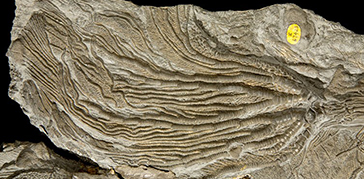
Focusing on the diversification and evolution of various groups during the Palaeozoic and Mesozoic, particularly starfish, brittle stars, crinoids and the extinct edrioasteroids.

Researching the various aspects of conulariid taxonomy and palaeobiology, including the microstructure of the shell and developmental loss of symmetry.
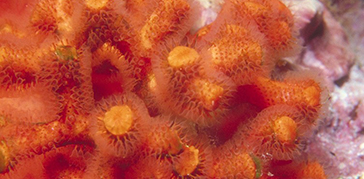
Investigating the timing of a switch towards aragonite skeletons in certain Late Cretaceous bryozoans, and the relationship of this switch to changing seawater chemistry.

Investigating the response of organisms to the Paleocene-Eocene Thermal Maximum (PETM), the most rapid and significant climatic warming pulse of the past 65 million years.

Bryozoans, especially cheilostomes, diversified significantly during the mid-late Mesozoic.
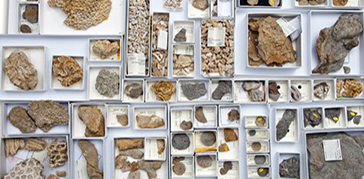
Studying fossil corals to understand the biological consequences of past environmental changes.

Cheilostome bryozoans offer a powerful method for estimating temperature seasonality in the past.
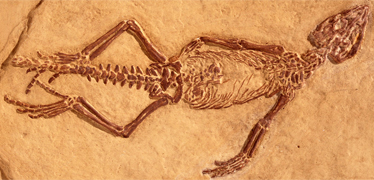
Discover our vertebrate, invertebrate and plant fossil collections.
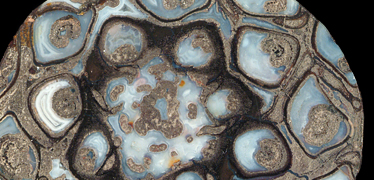
A collection with excellent geographic, stratigraphic and historical coverage.
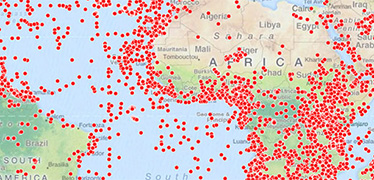
Explore and download the Museum’s research and collections data.
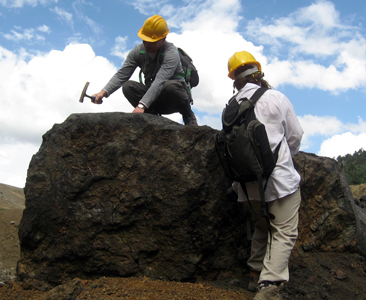
Undertake professional and postgraduate training in invertebrate and plant palaeobiology.
Our research lab teams are available for complex on-site imaging and analysis of biological and geological samples.